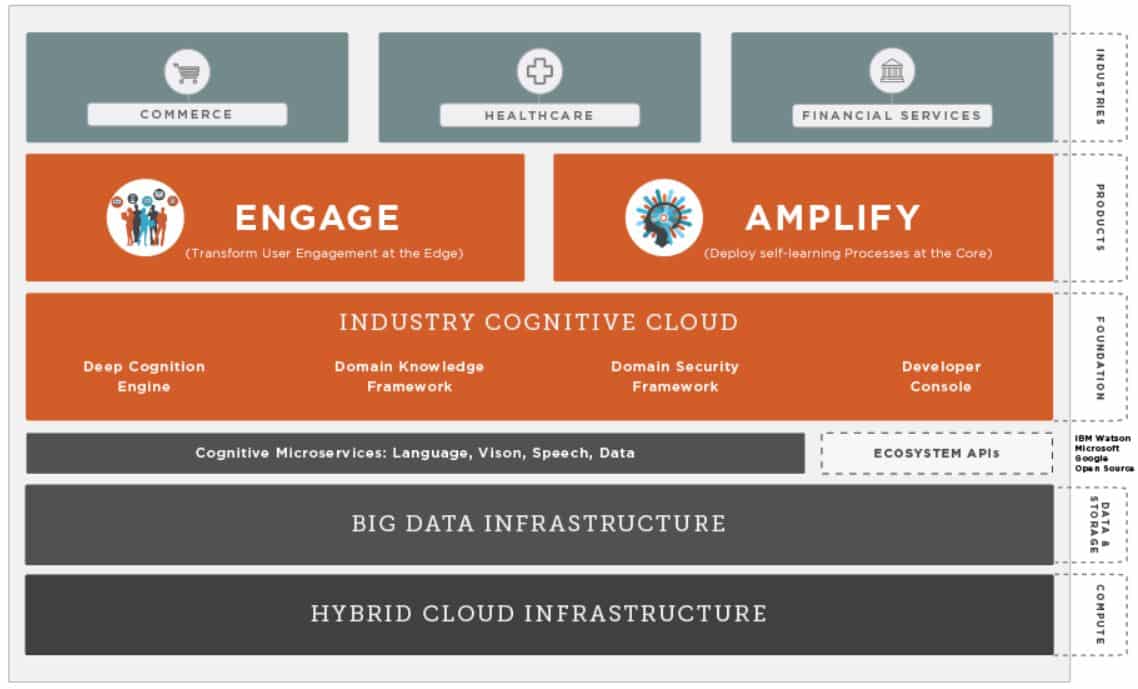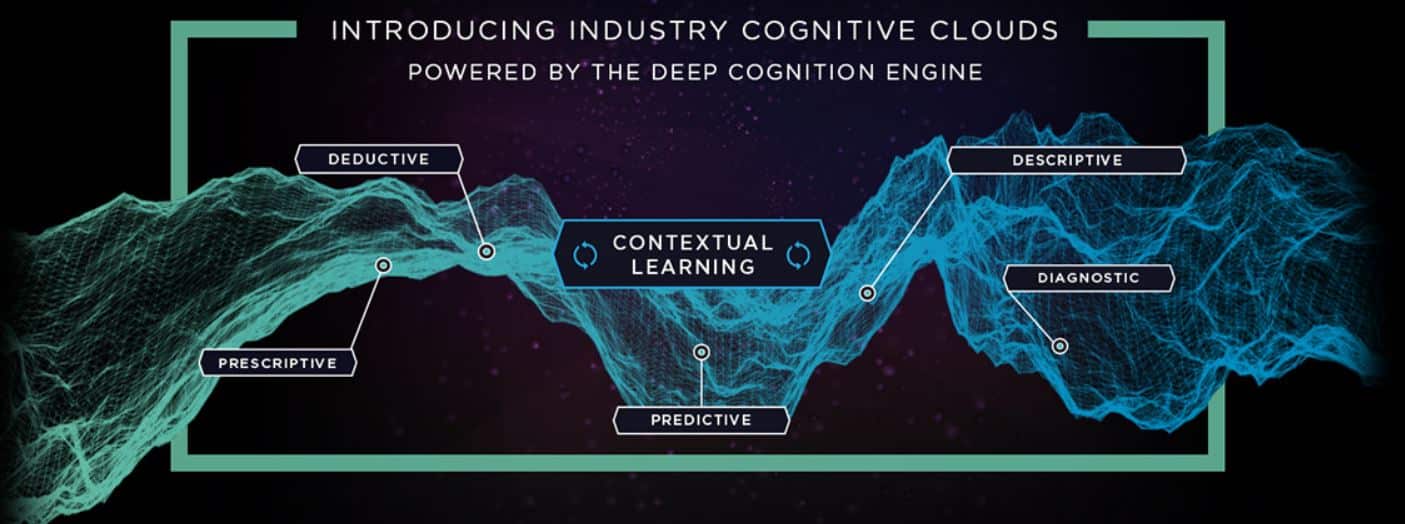Cognitive Scale – Cognitive Computing in The Cloud
Table of contents
Table of contents

Everything is about cloud computing these days. In fact, there is such an emphasis on stuffing all your applications into the cloud that we’ve managed to create a situation where now we’re having performance issues. So then the tech world came up with another concept called fog computing which means we take everything out of the cloud and move it “to the edge”. It’s only a matter of time before we decide that edge computing isn’t centralized enough and then start moving everything back up to the cloud. All the while, highly paid data consultants are laughing all the way to the bank. The truth is though that cloud-based solutions (also called software-as-a-service or SaaS) are here to stay. In many cases, the technology on offer is so complex and resource-intensive that it only works with a centralized model. Quantum computing is a good example of this. So is IBM’s Watson cognitive computing solution. The company we’re going to talk about in this article, Cognitive Scale, is taking IBM Watson and making cognitive computing available to anyone via the cloud.
About Cognitive Scale
Founded in 2013, Texas-based startup Cognitive Scale took in $25 million in funding just last week from investors that included Intel, Microsoft, and IBM. Probably the most compelling thing about Cognitive Scale is the pedigree of their leadership. The Company Chairman, Manoj Saxena, was responsible for commercializing IBM’s Watson with a $1 billion investment from IBM. He ended up at IBM because a company he founded called Webify was acquired by IBM in 2006. In fact, he founded and sold two venture-backed software companies in just 5 years’ time. The founder and CTO of Cognitive Scale, Matt Sanchez, was the 3rd employee and Chief Architect of Webify and was responsible for founding the R&D arm of IBM Watson called IBM Watson Labs. See how this all fits together?
So these two guys pretty much made IBM Watson what it is today and now they’re working alongside each other to build a cognitive computing startup that focuses on commercializing IBM Watson. They have a pretty good handle on the competition because Mr. Saxena actually runs a $100 million seed fund which focuses exclusively on the cognitive computing space. Now that’s one hell of an effective way to keep an eye on your competitors.
Digging into what Cognitive Scale does is no easy task. Put on your hip waders, because it starts getting real deep with terms like “cognitive garages”, “exponential outcomes”, and “winning continuously”. Get used to hearing clever analogies like “the world is our browser and we are the cursor”. Prepare to be wowed with jargon like “big data fabric”, “big data lakes”, and “dark data”. Ever heard of a “deep cognition engine”? We hadn’t either. Here’s what one looks like:
The fact is, what Cognitive Scale does can be explained quite simply, but simple explanations don’t justify the types of billing rates these guys are charging, make no mistake. Here’s what we came away with when the buzzword dust had finally settled.
Maybe the best diagram on the Cognitive Scale website that explains what they do can be seen below:

Conclusion
Retail investors who want to invest in cognitive computing don’t have many options because Cognitive Scale is a private startup. One indirect way (for now) to invest in cognitive computing is by buying shares of IBM. We’ve always loved IBM as a turnaround story and as a good dividend growth investing (DGI) stock. As a matter of fact, IBM is probably one of the best DGI stocks out there at the moment. The problem is that they need to turn their growth around and technologies like cognitive computing are where they expect this growth to come from. Companies like Cognitive Scale help make the power behind IBM Watson and cognitive computing available to anyone with the emphasis being on “easy to deploy”. With IBM acquiring companies left and right to build on their strategic growth initiatives, at least Cognitive Scale has a potential acquirer that they’re working quite close with already. We like to refer to that as “winning continuously”.
Sign up to our newsletter to get more of our great research delivered straight to your inbox!
Nanalyze Weekly includes useful insights written by our team of underpaid MBAs, research on new disruptive technology stocks flying under the radar, and summaries of our recent research. Always 100% free.
















Interesting and nicely done article but Fog Computing has never meant and does not mean, “…take everything out of the cloud and move it “to the edge”.”. Not to be confused with Edge Computing, Fog Computing refers to the collection and processing of select IoT data within an IOT gateway or other sensor data collection point. This is most commonly done for automated decision making, controlling devices, performing analytics, streaming to control applications, or preprocessing data before forwarding or streaming the most important data to the cloud for additional processing or archive. This approach is most applicable in commercial and industrial applications such as factories, distribution centers, processing plants, automotive, department stores, and the like. The primary goals of this approach is to enable additional efficiencies in automation, cost savings, operations, performance, and in some cases to increase data security. I think it is equally important to note that different vendors will define fog computing in slightly different ways to better relate to their own specific offerings. On a related subject, Ryan Pierson at readwrite wrote an article focused on how fog computing differs from edge computing that is definitely worth a read. Ref: http://readwrite.com/2016/08/05/fog-computing-different-edge-computing-pl1/
Thank you very much for your comment and feedback Douglas! I guess we better correct our article on “fog computing vs. edge computing” then.
https://nanalyze.com/2016/07/fog-computing-vs-cloud-computing-vs-edge-computing/
In all the literature we read they referred to the same thing (primarily educational primers from Cisco) and it’s good to know that industry experts actually define a difference between the two. We’ll append your comment to our other article as well.
Really appreciate the clarification!